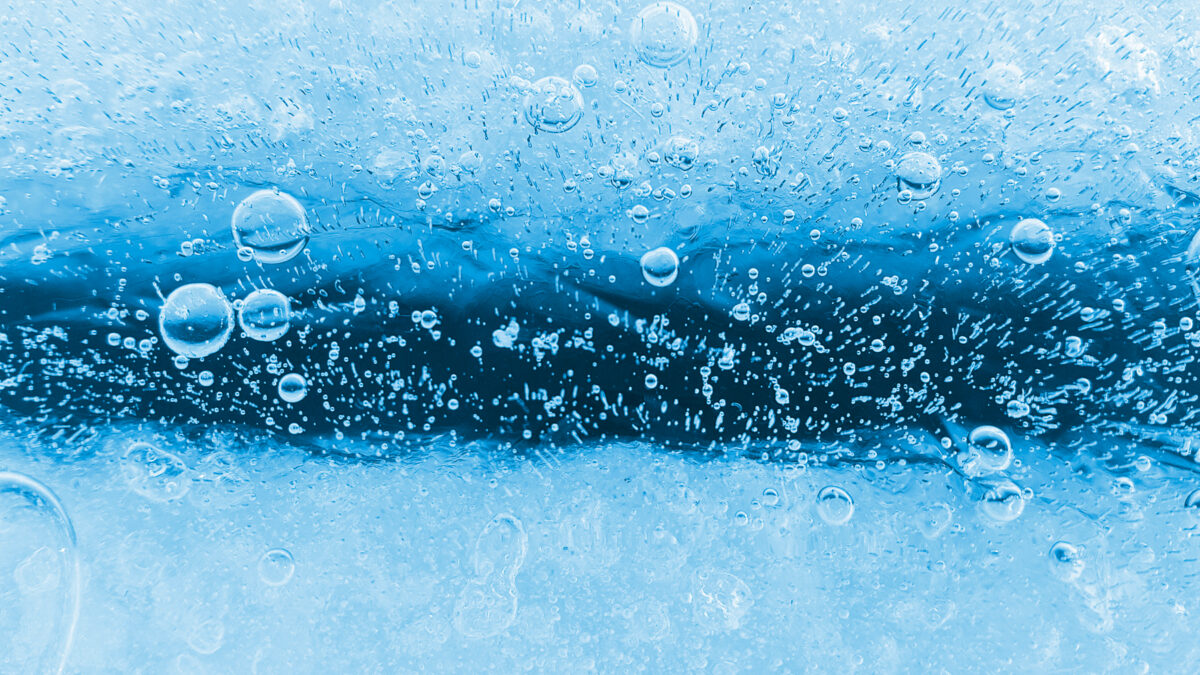A 5-year rise in human-produced greenhouse gasses previously took 7,000 years
As atmospheric carbon dioxide levels are surging at unprecedented rates. Greenhouse gasses are increasing 10 times faster now than at any other point in the past 50,000 years, found researchers who analyzed ancient Antarctic ice. The findings, published in the Proceedings of the National Academy of Sciences, provide new clues on the abrupt climate change periods in Earth’s past and offer new insight into the potential impacts of climate change today.
“The rate of carbon dioxide change today really is unprecedented,” said study co-author Dr. Kathleen Wendt, assistant professor at OSU’s College of Earth, Ocean, and Atmospheric Sciences (CEOAS). “Our research identified the fastest rates of past natural CO2 rise ever observed, and the rate occurring today, largely driven by human emissions, is 10 times higher.”
Wendt’s team analyzed air bubbles trapped in ice to study the carbon dioxide levels at different times over thousands of years. They built on previous research that showed CO2 levels jumping abruptly from time to time in the last ice age, which ended 10,000 years ago.
The researchers say these jumps follow a pattern aligned with cold intervals known as Heinrich Events, which are associated with abrupt climate shifts around the world and thought to be caused by dramatic collapses of the North American ice sheet.
“During the largest of the natural rises, carbon dioxide increased by about 14 parts per million in 55 years.”
“This sets into motion a chain reaction that involves changes to the tropical monsoons, the Southern hemisphere westerly winds, and these large burps of CO2 coming out of the oceans,” said co-author Christo Buizert, a CEOAS associate professor.
“During the largest of the natural rises, carbon dioxide increased by about 14 parts per million in 55 years,” writes OSU newsroom. “And the jumps occurred about once every 7,000 years or so.”
“At today’s rates, that magnitude of increase takes only five to six years.”
The research sheds some light on other climatic changes to expect down the line. Westerly winds have strengthened during past periods of climate change, which leads to a release of carbon dioxide from the Southern Ocean. The researchers say this may happen again as the climate warms and could reduce the Southern Ocean’s capacity to absorb human-generated carbon dioxide.
“We rely on the Southern Ocean to take up part of the carbon dioxide we emit, but rapidly increasing westerly winds weaken its ability to do so,” Wendt said.
The lowering capacity of Earth’s systems to absorb carbon dioxide makes it urgent to limit emissions, but a separate study has found that countries may boost fossil fuel production by 2050—a recipe for net-zero failure given the problematic rollout of carbon dioxide removal (CDR) technologies they plan to rely on.
A research team from University of East Anglia in the United Kingdom analyzed 71 long-term national climate strategies for how they handle “residual emissions”—those expected to persist in hard-to-decarbonize sectors like farming and heavy industry due to a lack of effective decarbonization technologies.
The lowering capacity of Earth’s systems to absorb carbon dioxide makes it urgent to limit emissions, but a separate study has found that countries may boost fossil fuel production by 2050—a recipe for net-zero failure.
“Strategies with high-residual-emission scenarios show how some countries may attempt to retain or expand their fossil fuel production and use by using more CDR to achieve net-zero,” the study authors write. “Given the known limits of CDR methods, this risks the credibility of their target and risks a failure to meet national and global net-zero.”
Overall, agriculture is expected to see the least progress in emissions reductions, but the majority of countries assessed, 41 in total, “do not quantify residual emissions at all in their plans.” writes Carbon Brief. “These include major emitters with net-zero targets, such as China, India, and Russia.”
Terms like “residual” and “hard-to-abate” remain poorly defined, and some countries may “lean towards looser definitions of residual emissions, if it benefits them.”
“If you have a country with a very significant investment in the fossil fuel industry or extraction industries, then there is an incentive to imagine getting to net-zero where you still have quite a lot of emissions,” said climate researcher and study co-author Naomi Vaughan. “But you’re using lots of carbon dioxide removal to get there.”
This story is a compiled piece by Christopher Bonasia


